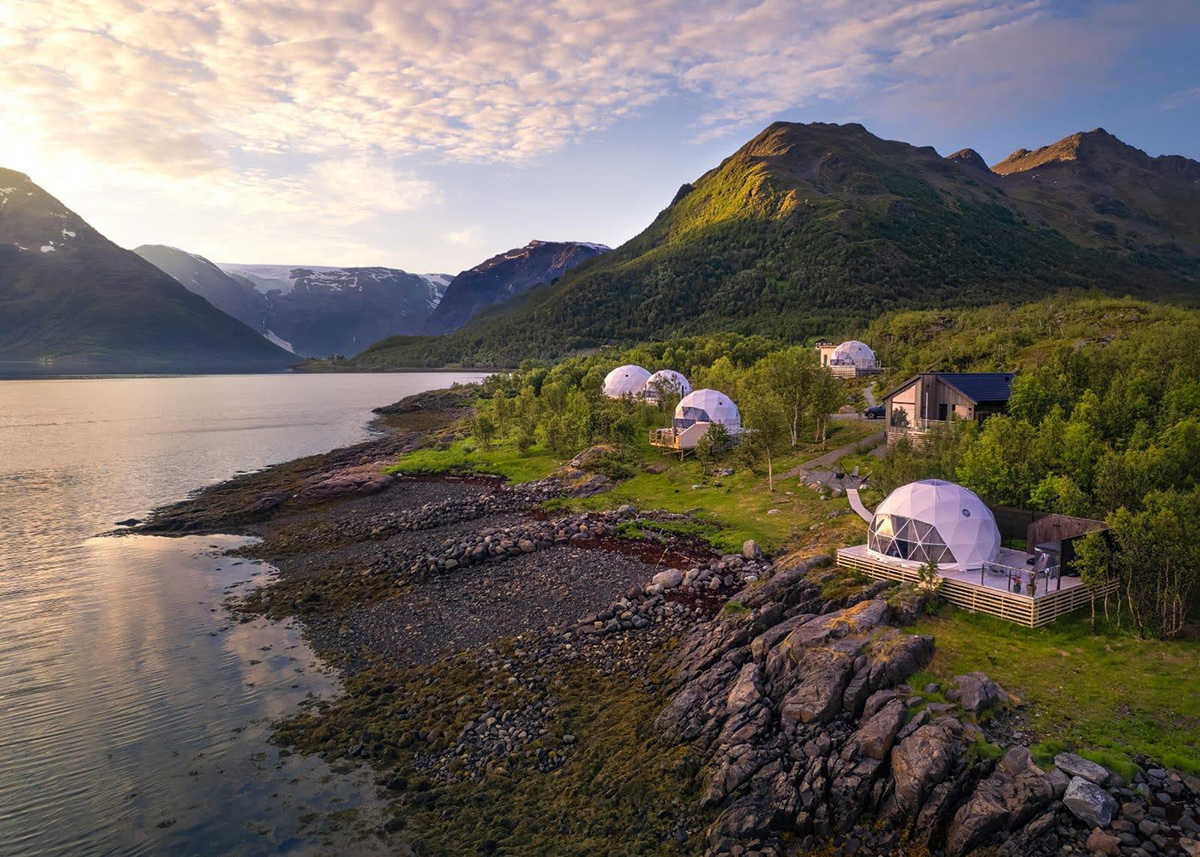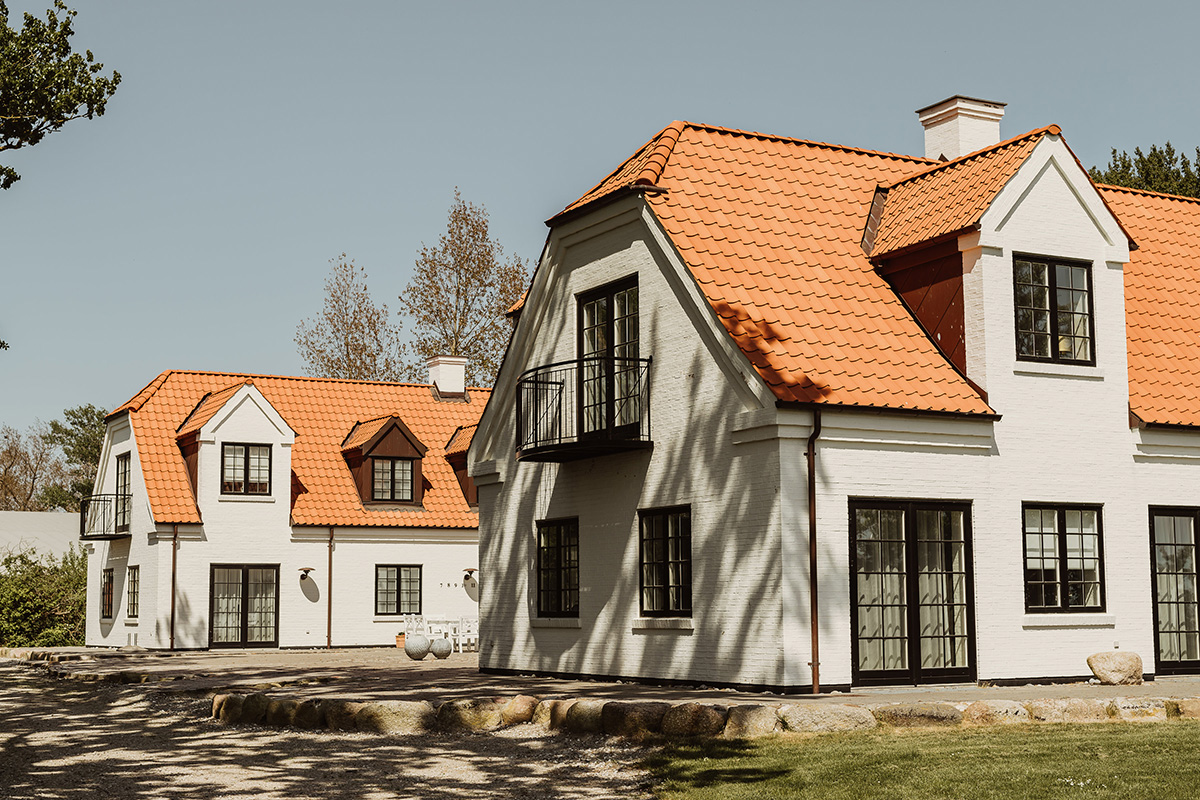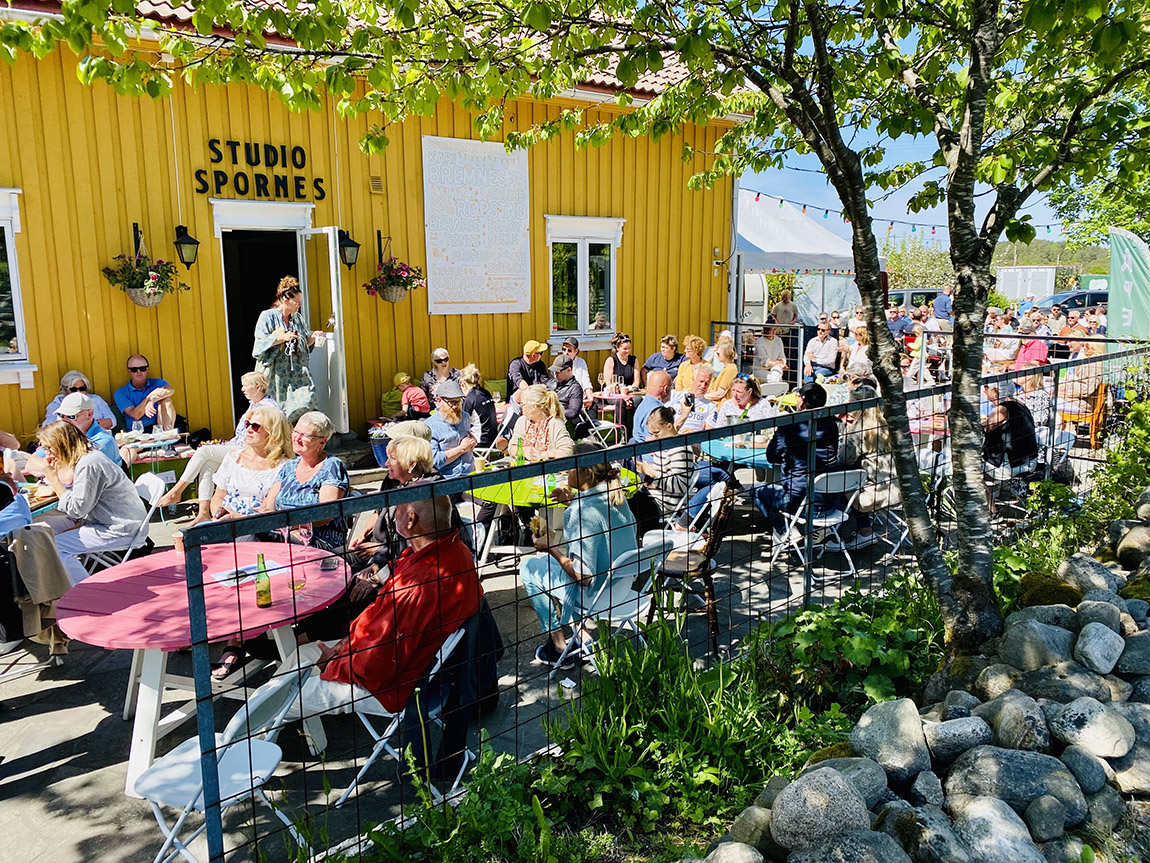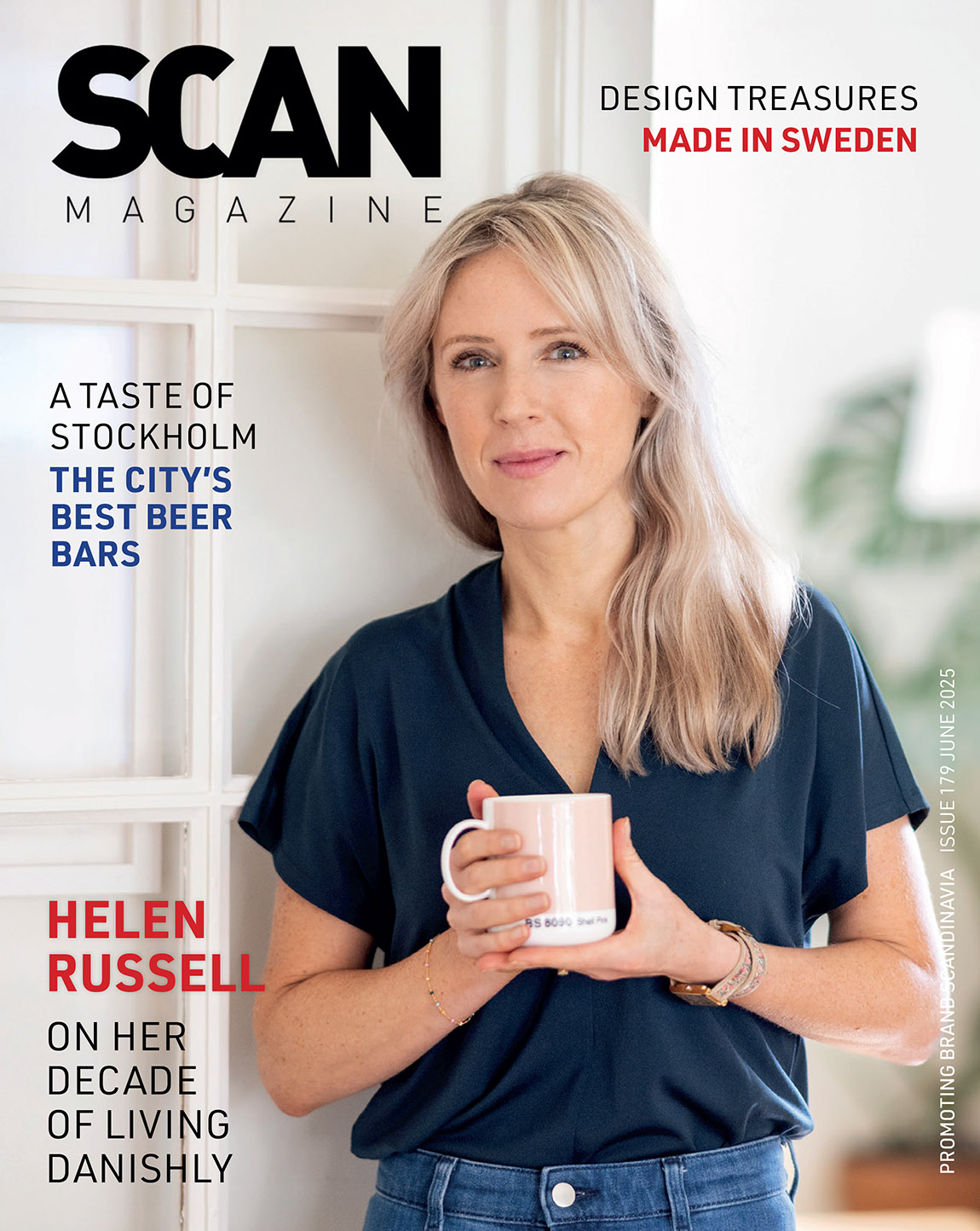Tartu Observatory: a launchpad of ideas
By Emma Rodin | Photos: Tartu Observatory
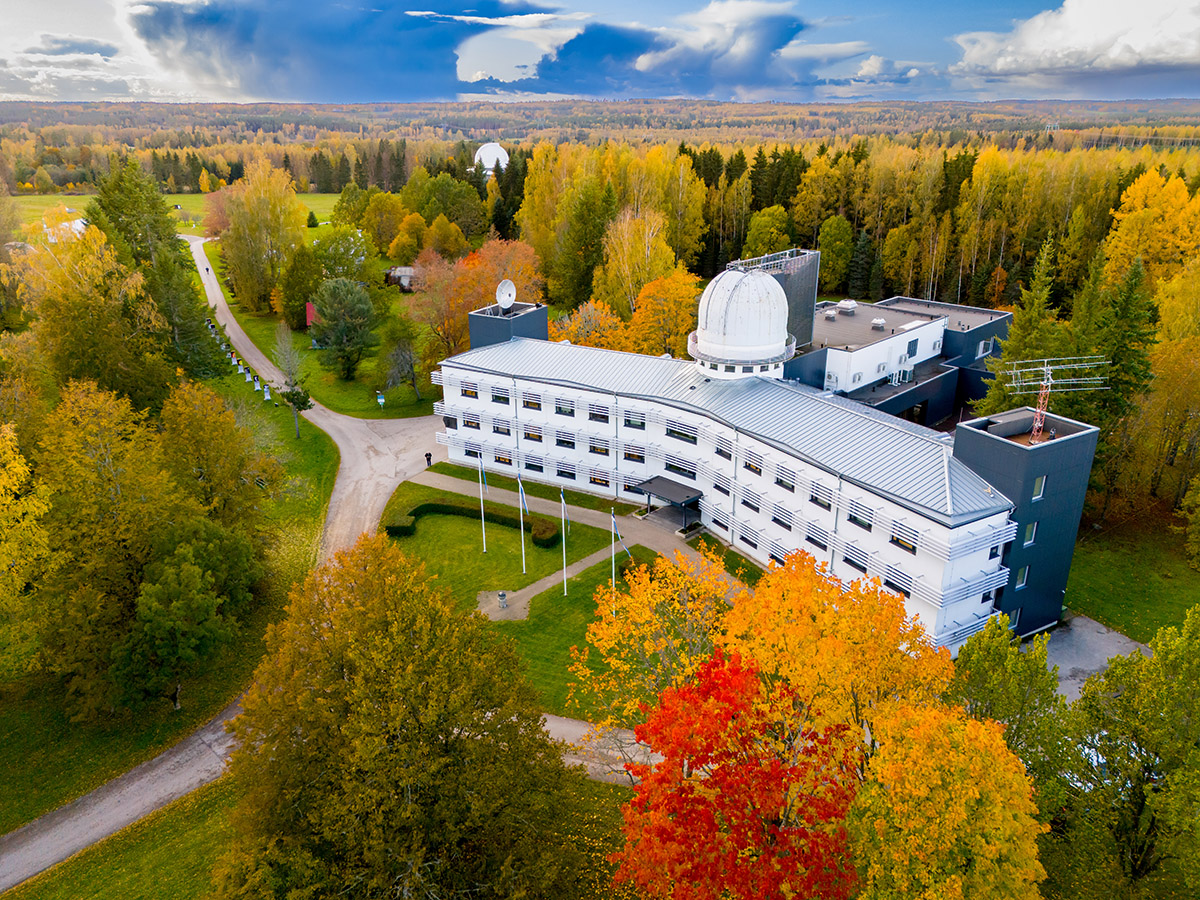
An active space hub in the middle of nature.
Nestled in the lush forests of southern Estonia, Tartu Observatory is a regional hub for space science and education. Fuelled by curiosity and enthusiasm, it’s also home to one of the largest optical telescopes in northern Europe and is a renowned contributor to a galaxy of space-related endeavours.
Tartu Observatory, an off-campus institute of the University of Tartu is located in the small village of Tõravere and is a long-standing institute focused on space-related research and development. As a unique asset, Tartu Observatory has accredited test laboratories where companies and research groups can test their equipment in different environmental conditions. “We can conduct the full set of tests needed to send a small satellite or satellite component to space,” explains Antti Tamm, director and associate professor at the observatory. Across Europe, Tartu Observatory is a valuable partner for calibrating and characterising optical devices, especially for remote-sensing applications.
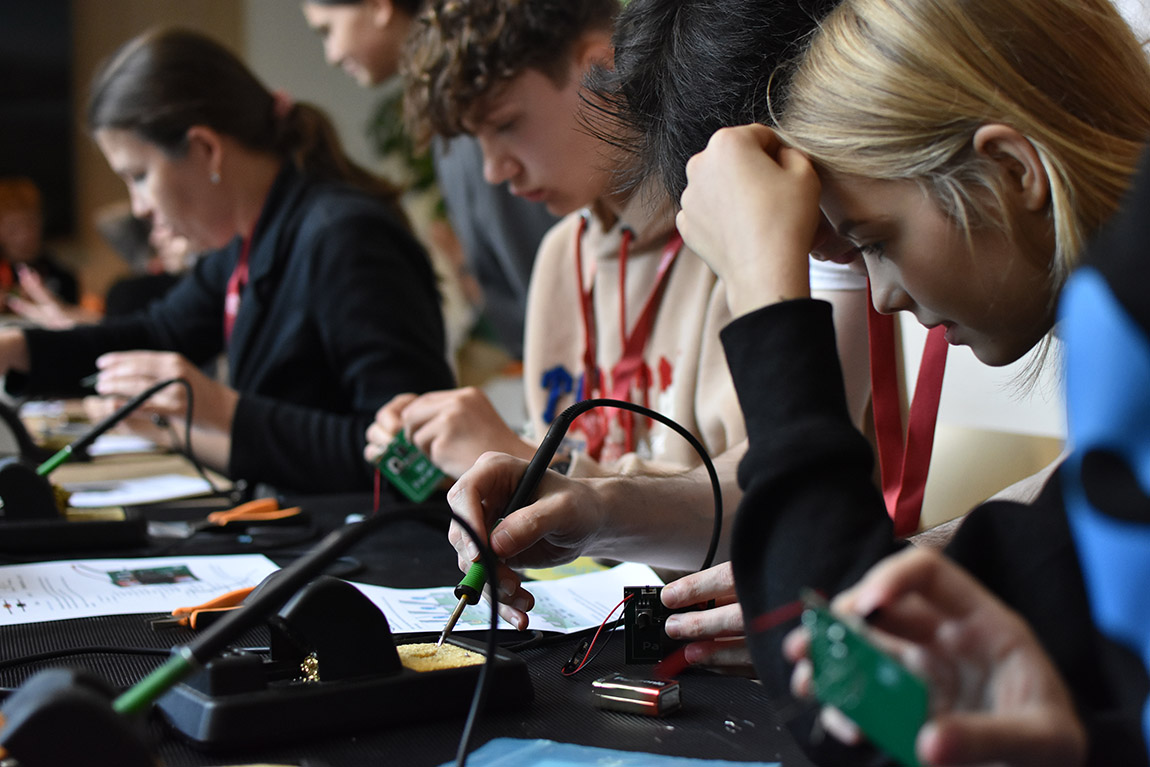
Pupils soldering during space career day.
Then and now: a rich heritage
The history of Tartu Observatory goes back to the early 19th century when the Tartu Old Observatory (Tartu Tähetorn) was built. From there, astronomer F. G. W. Struve conducted one of the first measurements of the distance of a star (Vega) and carried out a massive project to determine the shape and size of the globe. The resultant geodetic arc of nearly 3,000 kilometres of triangulation measurements is featured on UNESCO’s World Heritage list. In the mid-20th century, most of the observatory’s research work moved to the brand-new Tõravere observatory. Here, scientists led by astrophysicist Jaan Einasto discovered the honeycomb-like structure of the universe and were among the pioneers of the concept of dark matter – a form of matter still not fully understood.
Today, the observatory’s mission stems from its growth plan to contribute to the development of society with the achievements of space science. There are modern facilities for space research and development with around 100 eager researchers and engineers. “Enthusiasm and curiosity can make miracles, especially if combined with highly valued working conditions,” says Tamm. “Our employees are fully supported by the high-tech facilities and always ready to pick up any challenge.”
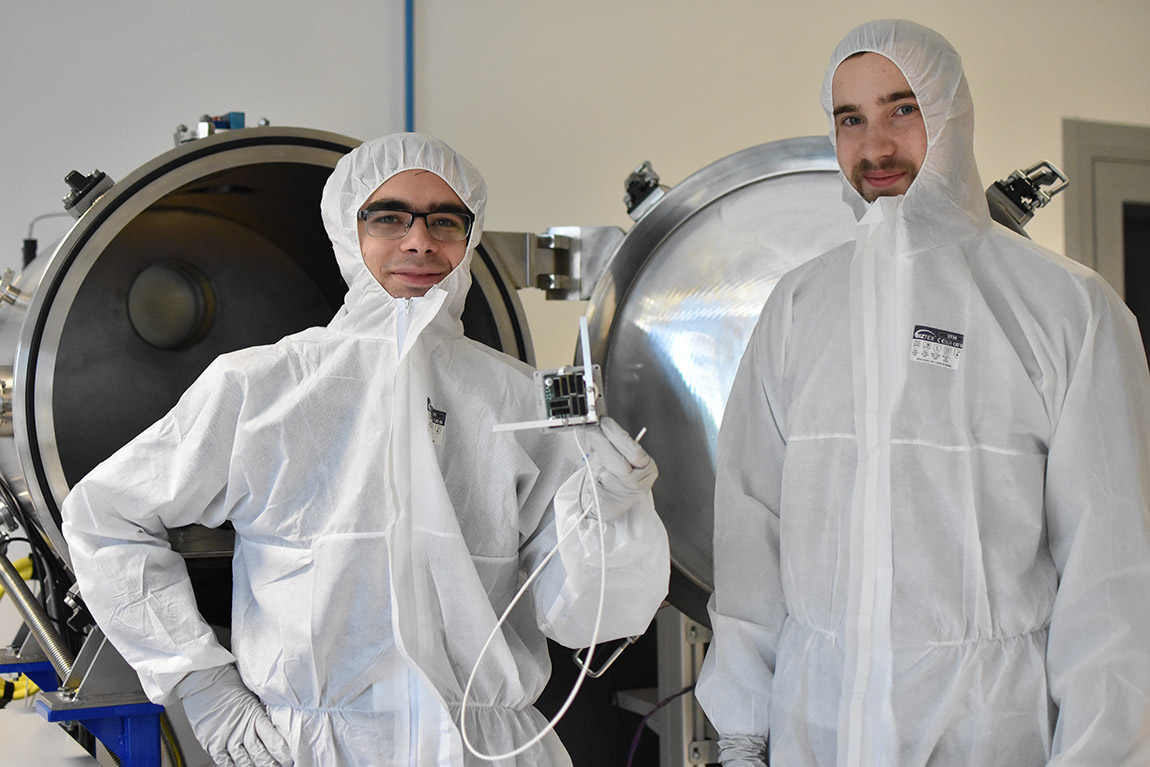
International companies find their way to the labs for testing satellites.
Projects at the centre of the universe
With research being a major pillar of the observatory, the multinational team has its hands full with a whole host of thrilling projects. One such project revolves around studying planets orbiting distant stars together with the European Space Agency, searching for life on extra-terrestrial planets and trying to find out what the place of our Earth is within the universe. This includes asking questions such as, ‘how unique is Earth really?’ and ‘how did the planet take form?’. The observatory’s remote sensing department also facilitates the usage of satellite data for monitoring Earth, focusing especially on the planet’s delicate ecosystems, like water bodies and forests.
Another exciting direction is based on developing a variety of space cameras for different purposes, including NASA lunar missions. This was initiated with the first Estonian satellite ESTCube-1, built by students, launched in 2013 and leading to an offspring of space-tech companies and engineers. Speaking of lunar, the team also works on developing autonomous lunar rovers as efficient ways to navigate extra-terrestrial landscapes using digital-twin landscapes and game engines.
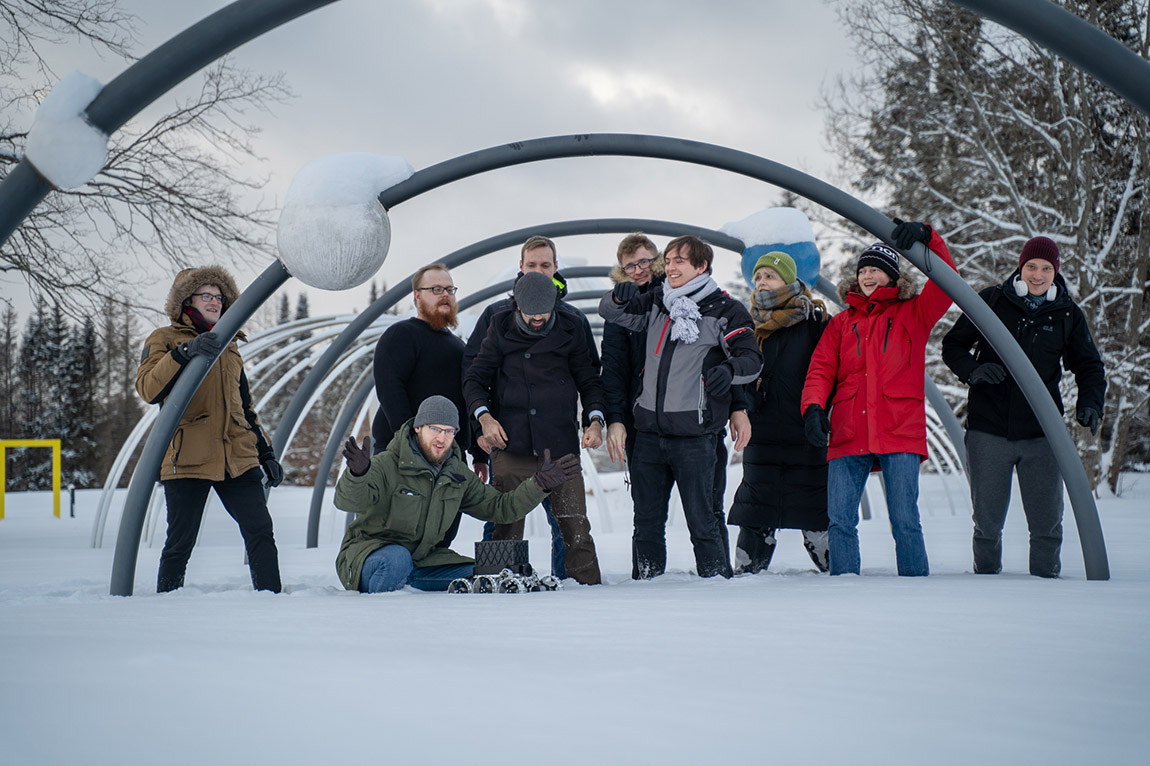
Snow-tests of the tiny lunar rover KuupKulgur and its team.
Space for the next generation
The message of Tartu Observatory is delivered to orbit by its visitor centre which showcases the latest achievements in space science and technology (as well as the scientific profession) to the wider public. There is a special focus on younger generations, providing them with tools that will inspire them for the future. For instance, there are active learning programmes for school children, where students can solve tasks, give presentations and participate in practical work. An even bigger impact is achieved by teacher training, helping to make their lessons more attractive and interrelated through a variety of space topics, not only for the obvious cases of math, chemistry and physics but even music and sports. Inspired by these trainings, several schools have organised their own space-days.
Then, of course, there’s the environmental aspect. “We don’t want Venus or Mars happening on Earth. And while we’re still doing too little to save Earth’s environment, perhaps the solution lies in space,” says Tamm. “However charming and colourful images are of distant celestial objects, we’re constantly reminded that the space around us is sterile and unwelcoming, so we have to take good care of our spaceship Earth and its life-supporting systems, while never cease to explore the wonders and secrets of the universe,” he concludes.
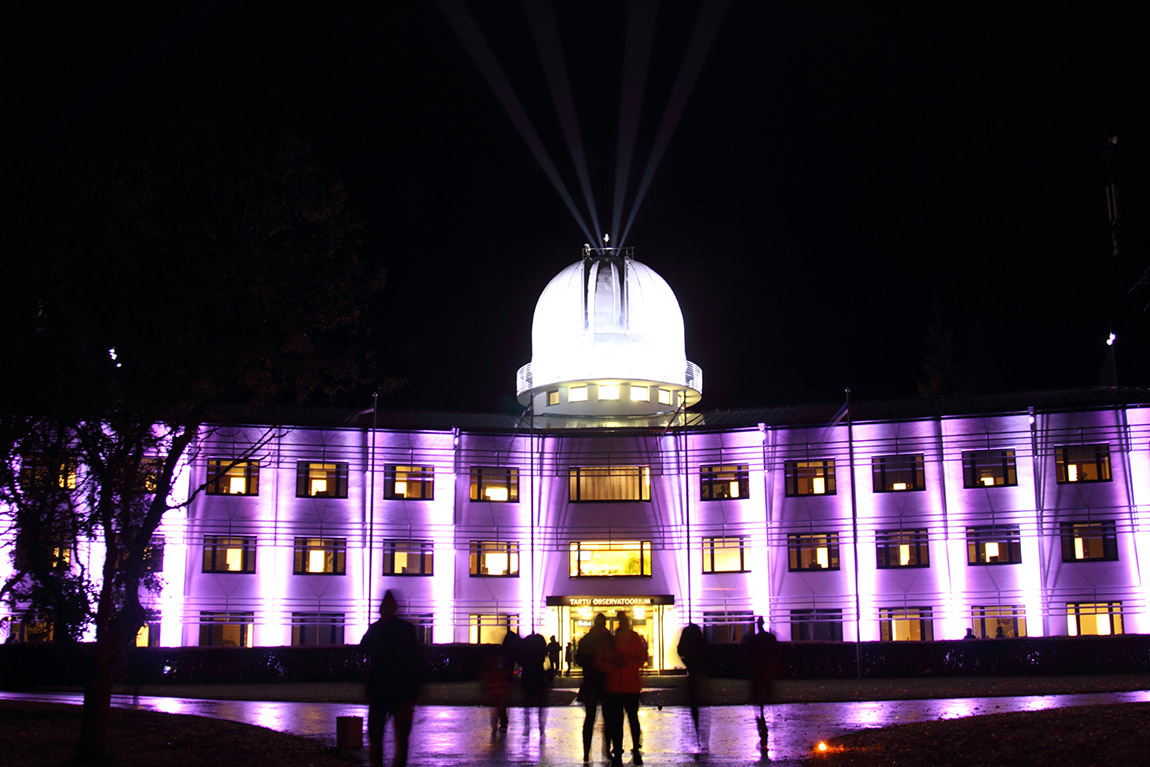
Web: www.kosmos.ut.ee
Facebook: Tartu observatoorium
Instagram: @tartuobservatory
Looking for partner(space)ship? A place to test your technology or ideas? Reach out to the team using the ‘Contact’ tab on the observatory’s website.
Subscribe to Our Newsletter
Receive our monthly newsletter by email

